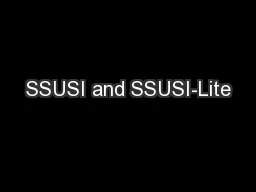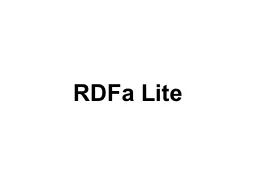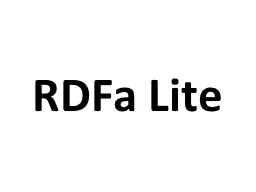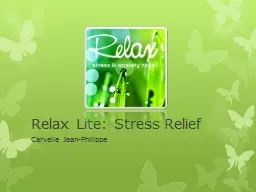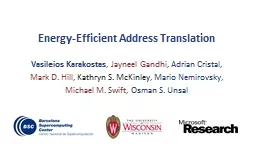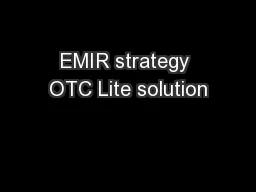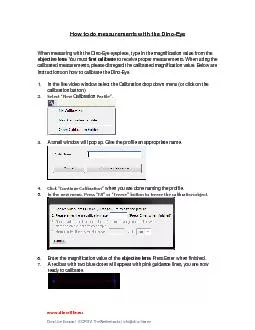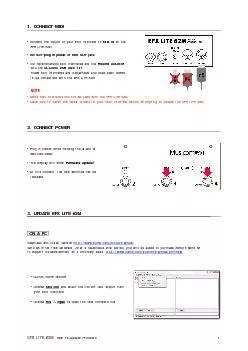PPT-SSUSI and SSUSI-Lite
Author : pamella-moone | Published Date : 2016-07-08
Special Sensor Ultraviolet Spectrographic Imager on DMSP and Beyond Dr Larry J Paxton SSUSI Principal Investigator and Head of Geospace and Earth Science Group
Presentation Embed Code
Download Presentation
Download Presentation The PPT/PDF document "SSUSI and SSUSI-Lite" is the property of its rightful owner. Permission is granted to download and print the materials on this website for personal, non-commercial use only, and to display it on your personal computer provided you do not modify the materials and that you retain all copyright notices contained in the materials. By downloading content from our website, you accept the terms of this agreement.
SSUSI and SSUSI-Lite: Transcript
Download Rules Of Document
"SSUSI and SSUSI-Lite"The content belongs to its owner. You may download and print it for personal use, without modification, and keep all copyright notices. By downloading, you agree to these terms.
Related Documents

